

Contents
Menu
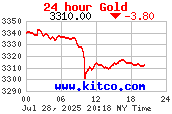

Have a Nice Day
--------------
--------------
Copyright 2005,
Dankowski Detectors.
All rights reserved.
Fort Meade, Florida
Third Seminole Indian War
Archaeological Metal Detecting Project
Thomas J. Dankowski
Continued from Page 2...
Large badge mounted on white foam. This is a Army soldiers Eagle Hat Plate; circa: late 1820's. Found at Ft. #1, right at the beginning of the steep slope to the Peace River. Numerous professional archeologists, historians and relic restorers rate the state-of-preservation of this specific piece as 'superior' and know of no other hat plate in this condition. It was found by Glenn Liming w/Fisher F75.
Directly beneath the Eagle Hat Plate is a significant 'unique' find. The item is a Hat Plume; circa 1812. The key significant factor of this plume is the fact that they were no longer utilized in the 3rd Seminole Indian war. This device was in heavy use prior to....and during the 1st and 2nd Seminole Indian wars. It is possible; yet statistically improbable that the plume was used at the beginning of the 3rd Seminole Indian war. The location it was found is 'key' to further validity of late-Spring/early-Summer 1840 activity that took place on the North side of the golf course. It was located within 2 feet of where the 1836 and 1840 Half Dimes were recovered. Pit excavation is what 'unmasked' and brought this device to light.
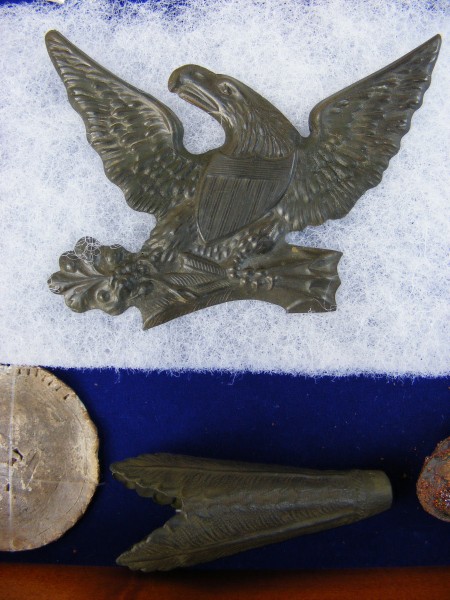
Just to the left of the hat plume is another unique device; nearly the diameter of a half-dollar. The item is a soldiers poker chip. Circumferentially on the outer perimeter (near the top) of the poker chip, is 10 distinctly marked square 'detents' so as to denote this chip was of denomination '10'. This item was handmade from a unfired .69-cal lead musket ball........and most probably hammered/formed into it's shape with the utilization of a spoon (very common practice of Army soldiers). It was located 14 inches deep in the South East quadrant of Heritage park.
Display case lower left is a smaller plastic box with various .36, .54 and .69 Cal musket balls. These were fired from percussion-type weapons. Some of the projectiles are unfired. Most were fired; some having hit flesh and bone (forensics, ballistics and homicide Dept confirmation)......human or animal impact: unknown. In the bottom center of this plastic box is a lighter color clay marble, of which are highly collectible......and may have some form of a 'tie' with the lead poker chip.
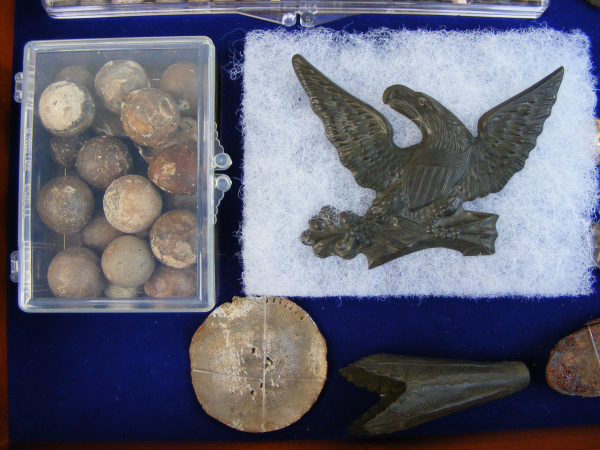
The large plastic box in the upper left primarily consists of buckshot and buck-n-ball in the left partition. Notice ..... there still remains some cloth thread/string on some of the small lead balls so as to keep approx 1" distance between each ball during flight.... creating a tumbling mass of threaded balls; hence, the definition of buck-n-ball. It appears shotguns were more in abundance for the U.S. Army vs. rifles and pistols. A rough estimation would be that shotguns were utilized 65%, single ball musket rifles 32% and pistols 3%. The middle partition consists only of percussion caps. These are the epitome of magnificent dirt/soil conditions....as these highly corrosive black-powder-and-chemical devices should have disintegrated in a matter of one or two decades. The right most partition consists of small odds-n-ends, most from weaponry. Glued on to the top of this plastic box is a unfired percussion cap with a head-stamp of "U.S.". This head-stamp marking is only found during the era of the third Seminole Indian war.....as they were not in production prior to the third Seminole Indian war..... and were discontinued after this war. They did not exist during the Civil War. Directly next to this U.S. percussion cap is a prosthetic human (#9 front) male tooth of the era....and with heavy tobacco stain.
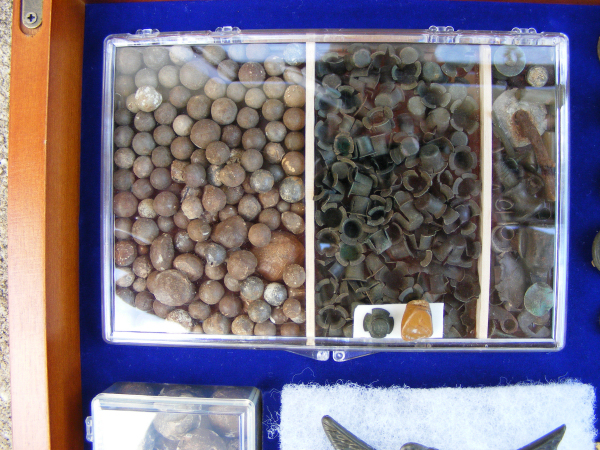

Just above the large flintlock hammer is a nearly-uncirculated 1st generation early 1831, small letters, Capped Bust Quarter Dollar; recovered in March, 2010. This is yet another significant find in-so-much as for what it represents. It was located 55-feet to the North of 3rd street centerline and approx 90-yards to the West of Heritage Park's western-perimeter wooden fence.... on the East side of (currently) privately owned residential house. This exact location is the 'crest'.........the highest elevation of Ft. Meade. The quarter was found at a depth of just over 13 inches. It is safe to assume this quarter was lost during the Summer of 1831......due to its nearly uncirculated condition. What makes this piece significant is the location found (on the peak elevation of Ft. Meade) in addition to this item being lost 20-years prior to Ft. Meade's platted existence. Prior to the development of Ft. Meade, this geographic location was heavily populated by Indians, especially several hundred yards to the East.....towards the Peace River. This quarter was most probably utilized as a medium-of-exchange between the White man and Indian; prior to the 2nd Seminole Indian war. In partial summary, throughout the centuries, the geographic location of current-day Ft. Meade appears to have been a major 'hub' of cohabitation due to a plethora of valuable 'survival' resources; a demographic haven.

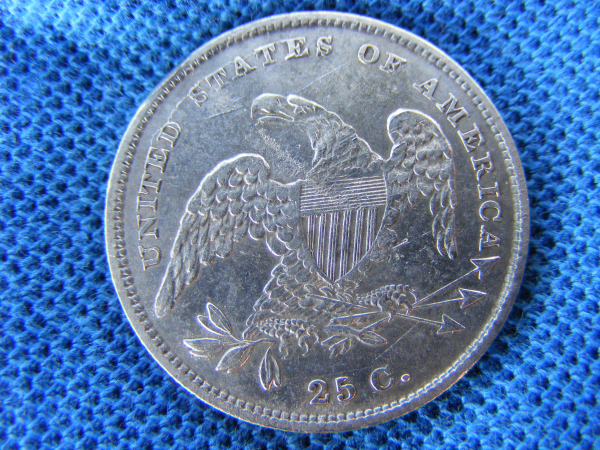
Of the nearly 100 buttons (military & undergarment).... equal proportions have been located at Ft. #1 and Ft. #2. It appears that Ft. #1 spanned a much shorter time-duration vs. Ft. #2; yet a much higher volume of traffic (troops) would habitate Ft. #1. At Ft. #2, years of activity took place...... but with a much lesser volume of troops. It is estimated that only (approx) 5% of all the relics have been recovered specifically at these 3 exclusive sites.
Of HIGH interest (due to undocumented): On the golf course, in/at/around the one large solo Oak tree on the North side of the golf course......right up against Hwy 98/Broadway.....some form of confirmed/validated activity took place during the late Spring of 1840.....and for only a short span of time. It appears to be military activity. The following items were recovered/excavated from this exact location:
* The #2 gold-gilt button to the left of the U.S. Great Coat button; circa 1828.
* The Kepi button to the left of the gold coin; circa 1828.
* The large coat button to the left of the only 'I' Infantry button; circa; 1831.
* The hat plume.
* The nearly uncirculated 1840 Half-Dime and the VF-20 1836 Half-Dime.
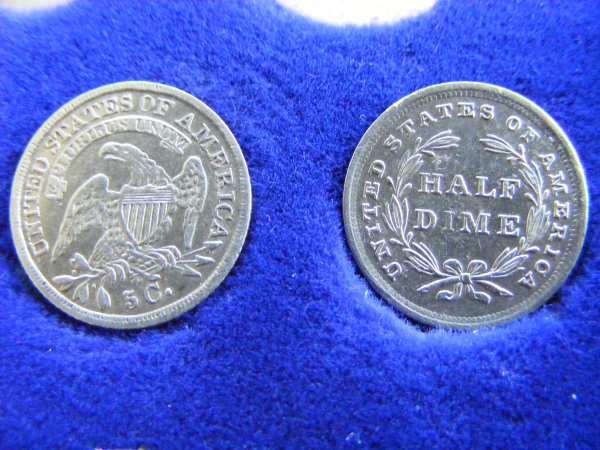
Just the buttons alone would leave high suspicion of late 1830's activity in this location; however, the two Half-Dimes confirm the time-frame. It is believed some form of military activity took place in the late-Spring of 1840..... with the key piece/evidence/device being the nearly uncirculated 1840 Half-Dime. This coin had only been in circulation for a very short period of time; and that being (most probably) just a few days. Silver, inherently, is a very soft metal with rapid wear characteristics.
After extensive investigation in concert with archaeological site excavation, it appears that a form of a military 'outpost' existed in the late Spring of 1840 underneath the South side of the one large solo oak tree on the golf course......right up against current-day Hwy. 98. It was in the form of a small wooden plank building with dimensions of approx 16 feet by 20 feet. To the best of my knowledge, this is not documented in any form of historical records. It appears the Peace river had more popularity with the U.S. military than expected/documented prior to Ft. Meade existence......possibly a military trail leading from Fr. Brooke to Ft. Pierce.
A rough overview of the expended efforts to acquire these items:
* 37 Trips to Ft. Meade (from Pt. St. John, FL) 250-miles per round-trip
Currently: $6.50 per-round-trip tolls
* 21 days of vacation time expended
* Minimum of 11 hours (up to 13 hours) hunting/recovering per trip
* Approximately 107 hours labor expended to clean/restore items
* Approximately $4000.00 detecting equipment
* Approximately 185 hours conducting research
* Display case w/special data plates, velvet foam, hasp & lock
* Approximately 44 hours assembling display case
* Approximately 38 years of detecting & recovery experience to include 2 corporately held patients on metal detectors
I surmise this is the only collection in existence that positively validates Ft. Meade's initial roots.
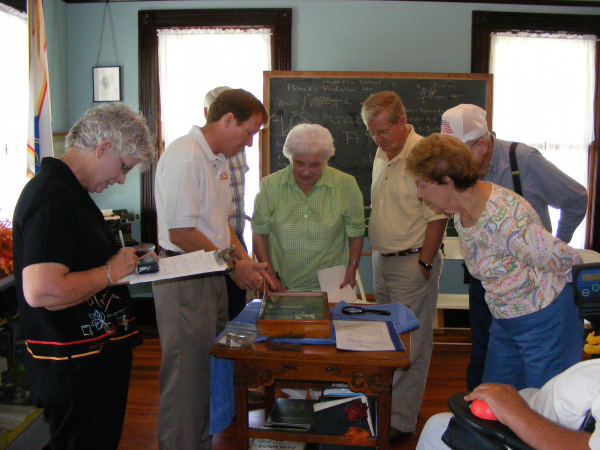
The accolades of DOCUMENTED ARCHEOLOGICAL AND HISTORICAL RECOVERY for educational advancement of humankind is paramount...and must continue with precise accuracy.
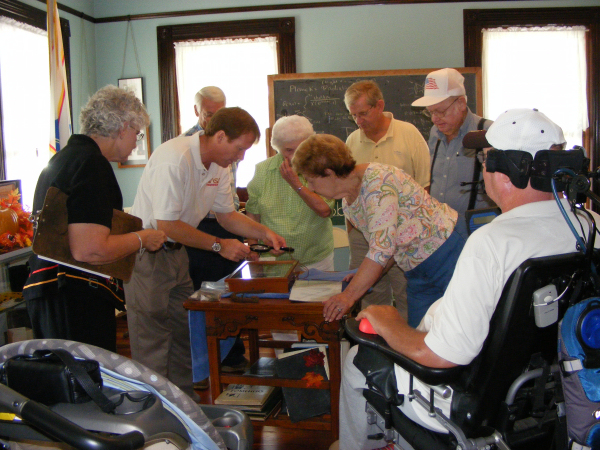
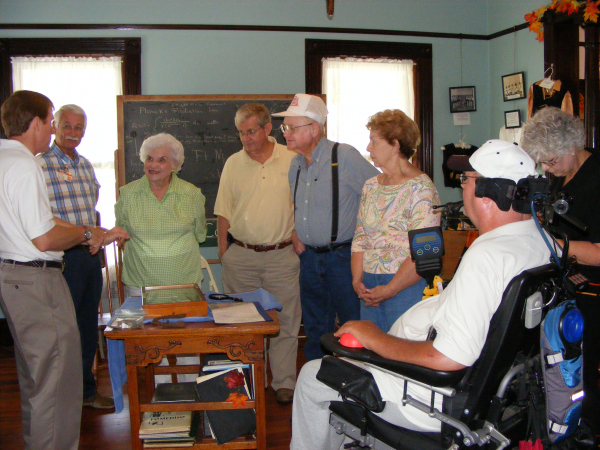
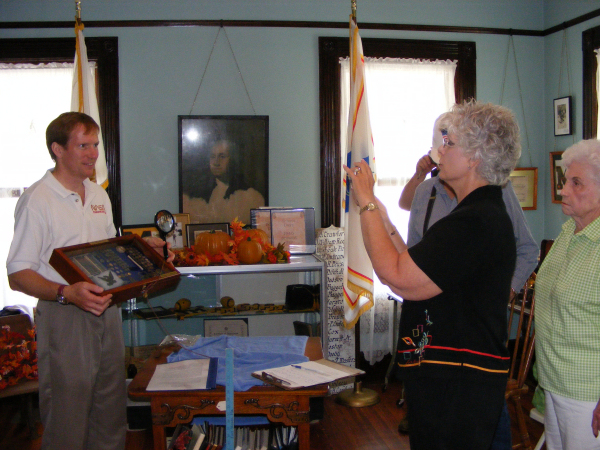
Happy Archeological Hunting
Thomas Joseph Dankowski
Sept. 02, 2009
Revised Nov 28, 2009
Revised Apr 11, 2010
CLICK HERE to go back to Page 2
.
Return to Top of Page
Page views since October 1, 2016
